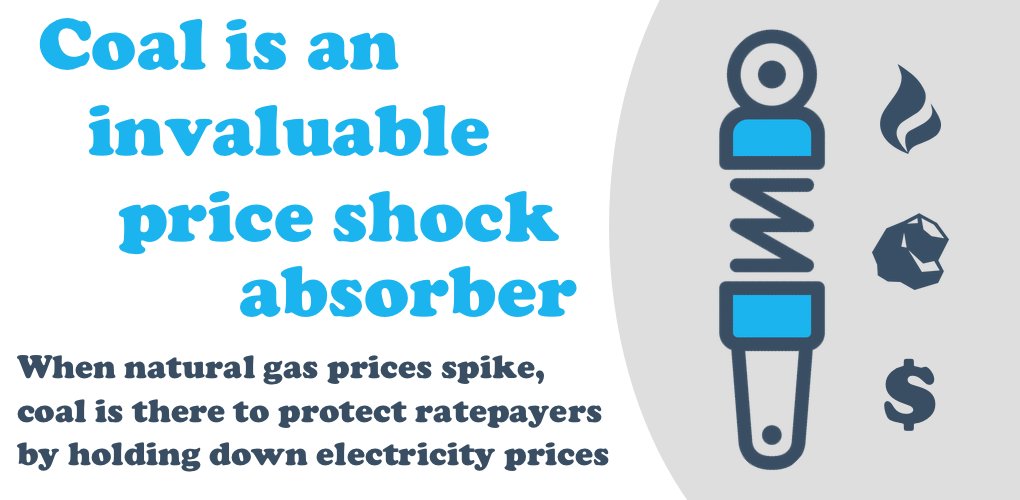
With Natural Gas Prices Soaring, Fuel Diversity Matters More than Ever
The era of cheap natural gas is officially over. According to Bloomberg, a decade of low natural gas prices – driven by surging production from the U.S., Australia and other nations – has finally been overtaken by demand from a recovering global economy. New supply, and the appetite of industry to provide it, isn’t keeping up with soaring demand.
In Europe, natural gas prices surged more than 1,000% from a record low in May 2020 and liquified natural gas (LNG) prices in Asia have jumped six-fold in the same period. With U.S. natural gas prices increasingly tied to the global market, thanks to record export volumes, they too have doubled in the past year.
According to the U.S. Energy Information Administration, U.S. exports of natural gas – both by pipeline and LNG – could reach close to 20 billion cubic feet per day next year, approaching the average daily domestic consumption of gas for power generation. Considering that the first U.S. LNG export cargoes didn’t leave the U.S. until early 2016, the speed of the U.S. gas export boom is remarkable.
With global gas demand set to continue to expand by an estimated 3.4% annually through 2035, after already jumping 30% in the past decade, appetite for U.S. gas exports is only set to grow, providing further upward pressure on U.S. gas prices. That’s deeply concerning considering this is the fuel that some have ordained the bridge to get the U.S. through the energy transition.
Rising gas prices and increased connectivity to an overheated global gas market should have policymakers, utilities and consumers deeply worried. As Bloomberg observed, “Surging natural gas prices means it will be costlier to power factories or produce petrochemicals, rattling every corner of the global economy and fueling inflation fears. For consumers, it will bring higher monthly energy and gas utility bills. It will cost more to power a washing machine, take a hot shower and cook dinner.”
Coal Generation is an Invaluable Price Shock Absorber
The reality of higher gas prices and the impact it’s likely to have on consumers is a timely reminder of the value of dispatchable fuel diversity and the importance of maintaining a balanced fuel mix as we navigate the energy transition.
In wholesale electricity markets where coal capacity remains a significant player, coal plants are picking up increased market share this summer, shifting demand away from higher priced natural gas and shielding consumers from rising prices. If it weren’t for the optionality provided by the coal fleet on the PJM, Midcontinent Independent System Operator (MISO) and Southwest Power Pool (SPP) grids, soaring gas prices would likely be a lead balloon on economic recovery.
On the morning of August 13, one of the hottest days of the year in many parts of the country, coal’s continuing importance to both grid reliability and affordability was on full display. On the PJM grid, coal was providing a third of generation. On the SPP grid, nearly half. And on MISO, which covers most of the Midwest, more than half of generation, totaling nearly 41 GW of power.
This isn’t capacity than can or should be easily replaced. It’s an essential price shock absorber and the bulwark for grid reliability when soaring demand – both in the summer and winter – pushes the grid to the limit. Racing to try to remake the grid to accommodate less reliable, variable power sources, or doubling down on natural gas, is simply a mistake.
Natural gas can’t provide a low-cost dispatchable alternative – rising gas prices have made that clear. And building the renewable capacity to replace this essential coal generation could conservatively require – just on the MISO grid –150 GW of new nameplate wind and solar capacity that still might come up short when consumers need it most.
Navigating the energy transition while also maintaining the fuels that can provide price and reliability consistency should be a priority as we create the grid of the future.
- On August 18, 2021
